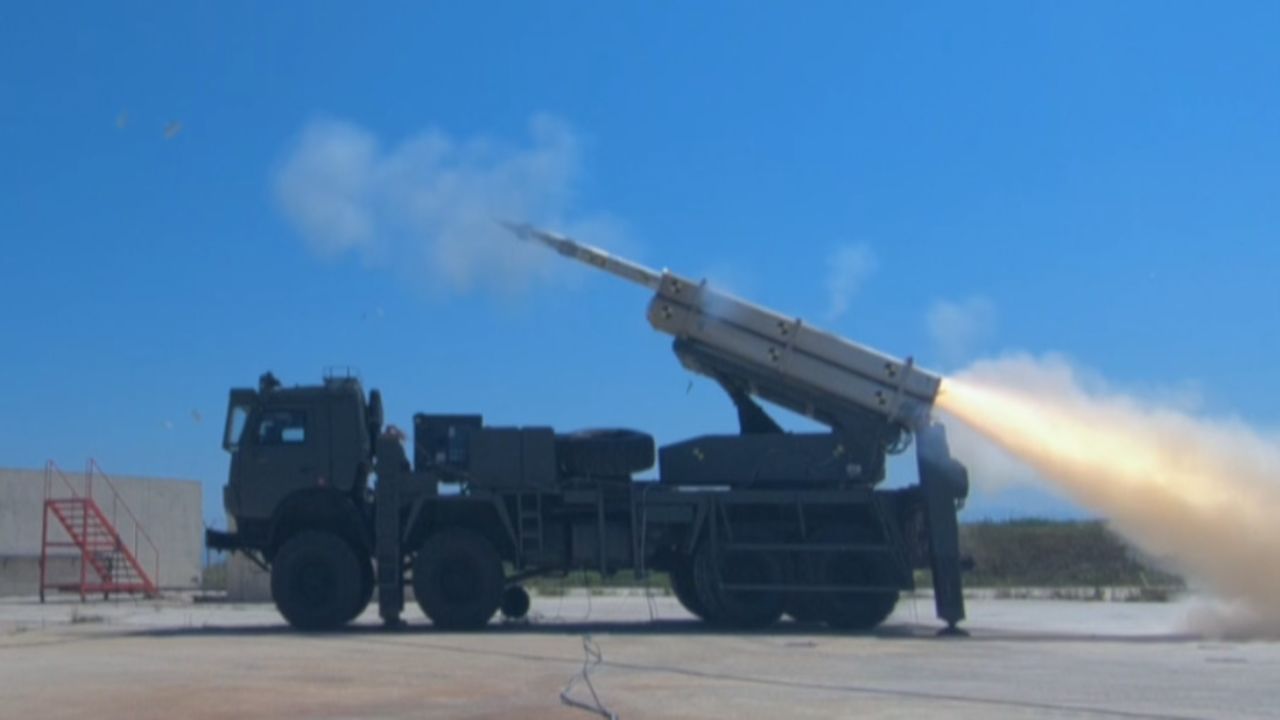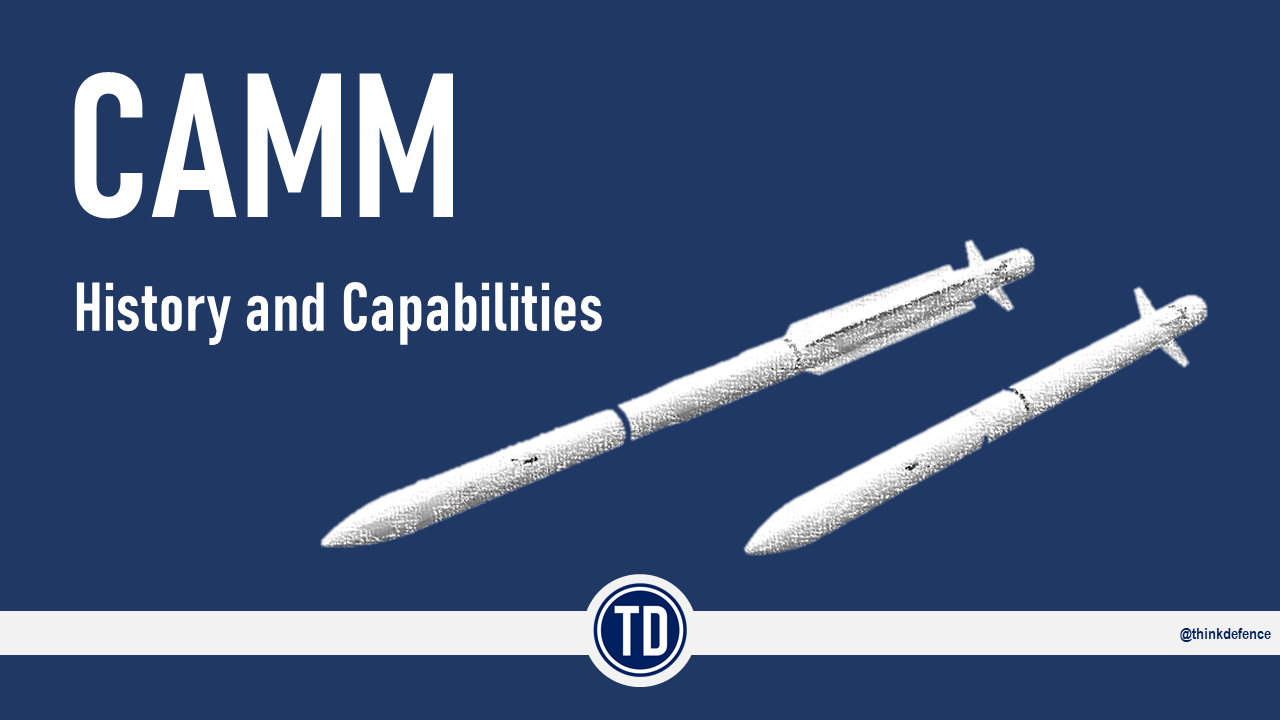A
adenl
Guest
Good idea. Perhaps they are working on it, but currently, Kuzgun is on the horizon which is also cheap and can be fitted with a turbojet engine for extra range.As our UAV technology is improving and our UAV fleet is developing to be a force to reckon with, I would like to see cheap but very effective stand off missiles being used from UAV’s like Aksungur and Akinci to attack multi purpose targets.
Our 210kg TRLG230 could be a great addition to serve this purpose. It has a range of 70 km when fired from ground. If fired from 30000ft, as it will not have to overcome gravity and will be travelling through rarified air with less air drag, it will have a range well in excess of 150km. This missile reaches speeds of 4.2 Mach as it dives from 25km altitude. This would be a supersonic stand off missile very hard to intercept with an explosive weight of 50 kg. Both Aksungur and Akinci can carry 2 and 4 of these respectively. If it can be fitted with the right seeker head, it can be made to hit moving sea targets as well.
Why Turkish military has not gone through this route is hard to understand.

TRLG-230 new generation laser-guided artillery missile
President Recep Tayyip Erdoğan gave a speech at the Opening Ceremony of Roketsan's Satellite Launch, Space Systems and Advanced Technologies Research Centre and...www.defensehere.com









